Underrated Board Games
With new board games hitting shelves every month—often wrapped in flashy art and big box promises—it’s easy to overlook some truly brilliant titles. These quieter releases might not have massive marketing budgets or viral buzz, but they absolutely deliver in gameplay, creativity, and replay value. In this post, I want to shine a light on a few underrated board games that deserve far more attention than they get. These hidden gems have flown under the radar for too long, and I hope this list inspires you to discover something new, surprising, and well worth your time at the table.
Quick Picks
Royal Visit – A Subtle Masterpiece in the World of Two-Player Games
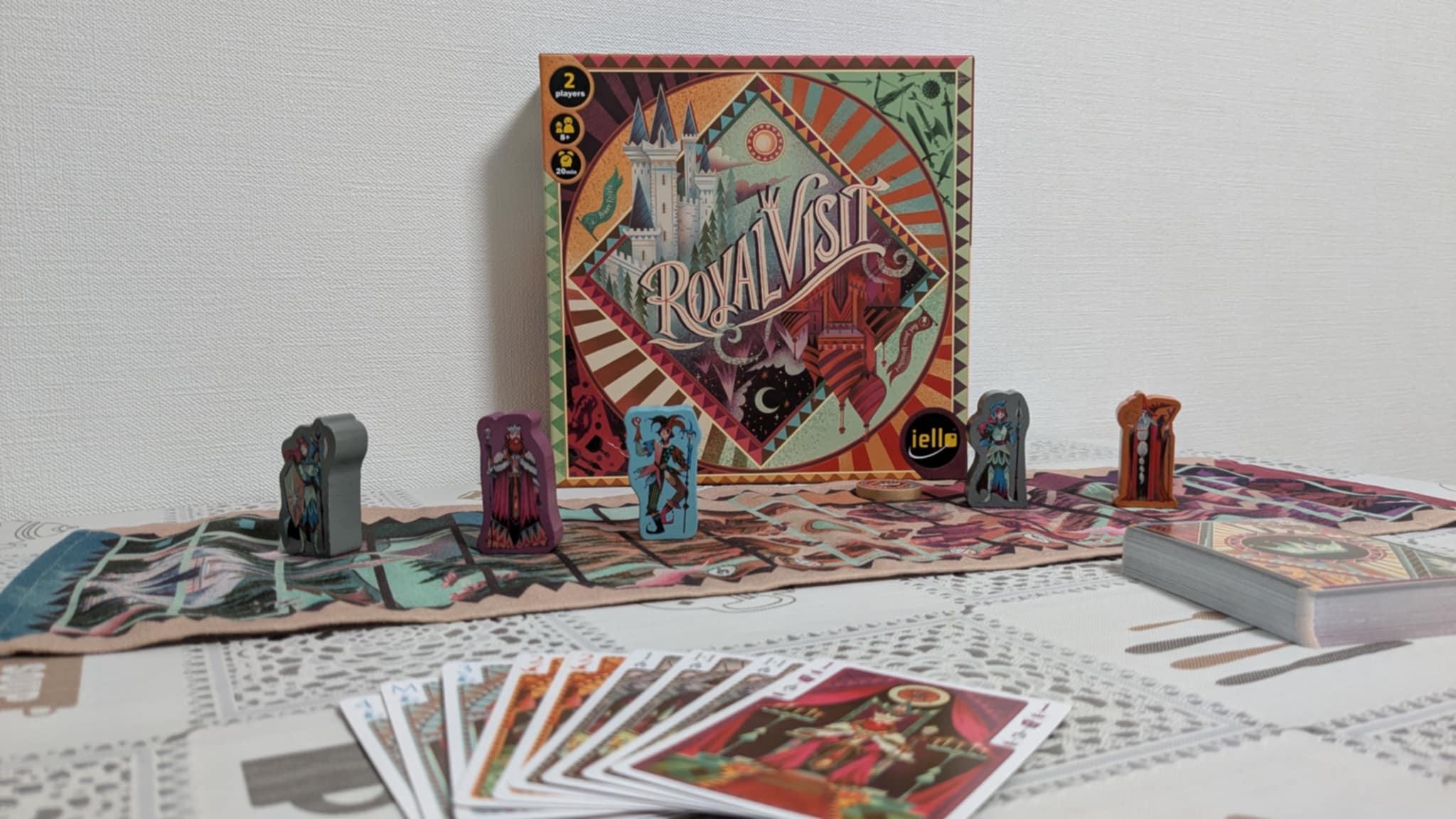
Royal Visit is one of those underrated board games that quietly reveals its brilliance over time. Designed by Reiner Knizia, a legend in the board game world known for his mathematically sharp and elegantly structured games, this title stands apart by embracing a softer, more intuitive rhythm. While many Knizia games hit you with clear tension from the start, Royal Visit invites players into a slower dance—one where the depth creeps up on you, disguised beneath a light and almost whimsical surface.
In the game, two players act as rival lords competing to lure the King and his entourage to their chateau. You’ll take turns playing cards of a single character type—King, Guards, Jester, or Wizard—moving them along a track. At first glance, the gameplay seems gentle, maybe even a little too simple. But the more you play, the more the design starts to unfold. You realize you’re in a five-way tug-of-war, but you can only pull one rope at a time. And each rope is subtly tied to the others.
The value of cards shifts from turn to turn. A solo King move might seem pointless—he’s blocked, after all—but double King cards? Suddenly, you’ve pulled the entire court with him. Just like that, the royal token inches closer to your estate, and your opponent scrambles to respond before it’s too late.
Because its strategy builds slowly and the tension is more nuanced, Royal Visit often gets overlooked. But give it a few plays, and it becomes clear: this is a hidden gem, one of the most delightfully layered two-player experiences around. Fast, clever, and quietly brilliant—it deserves far more love.
Want to know more? Read our Royal Visit Review here!
Hanamikoji – Small Box, Big Decisions, and Criminally Underappreciated
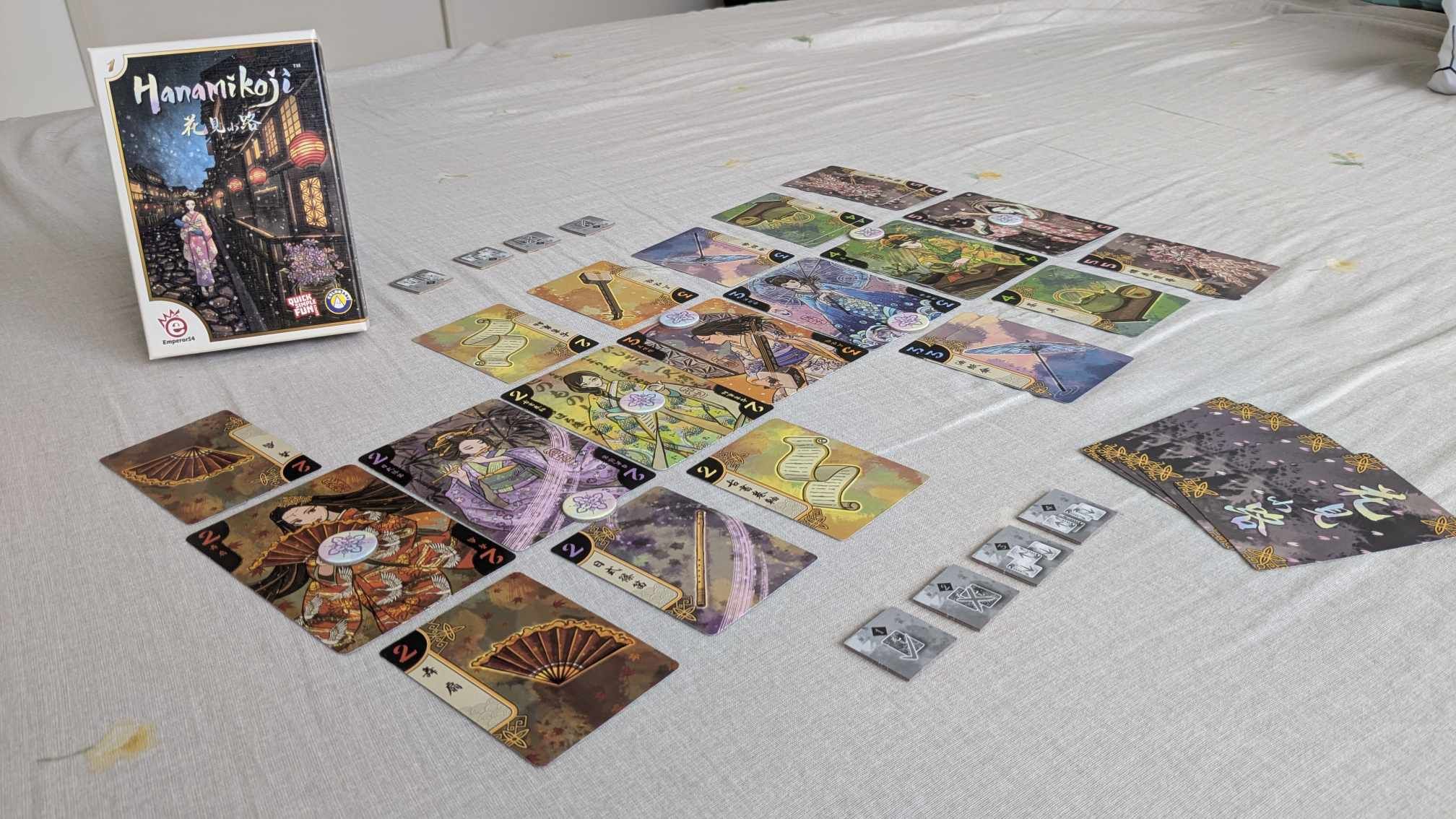
Hanamikoji is a quiet powerhouse in the world of two-player games, and without a doubt one of the most underrated board games out there. With its compact box and serene aesthetic, it might look like a gentle experience—and in some ways, it is—but underneath the surface lies one of the most tightly designed and emotionally tense tug-of-wars you’ll ever play.
In Hanamikoji, you and your opponent are rival patrons vying for the favor of seven Geishas by presenting them with gifts. The catch? You both only have four actions to use per round. And it’s those actions that make the game shine. Each player has the same four action tokens, which act almost like a mini-script for the round—and each one is its own delicious puzzle.
Two of the actions involve the “I split, you choose” mechanic, which turns every decision into a mind game. You’ll often find yourself agonizing over how to divide your cards, knowing your opponent gets to pick first. But even the other actions—playing cards facedown or discarding some outright—require just as much foresight. With a small and constantly changing hand, every move feels high stakes.
The beauty of Hanamikoji is how it compresses deep, layered decisions into a 10-minute game. It’s elegant, intuitive, and full of tension—yet somehow never feels stressful. And once it’s done, you’ll want to reshuffle and play again immediately.
Because it’s small and quiet, Hanamikoji often flies under the radar. But for those who discover it, it quickly becomes a favorite. It’s a true hidden gem—brilliant, balanced, and a masterclass in minimalist game design.
Villagers – A Pure, Polished, and Overlooked Tableau Building Gem
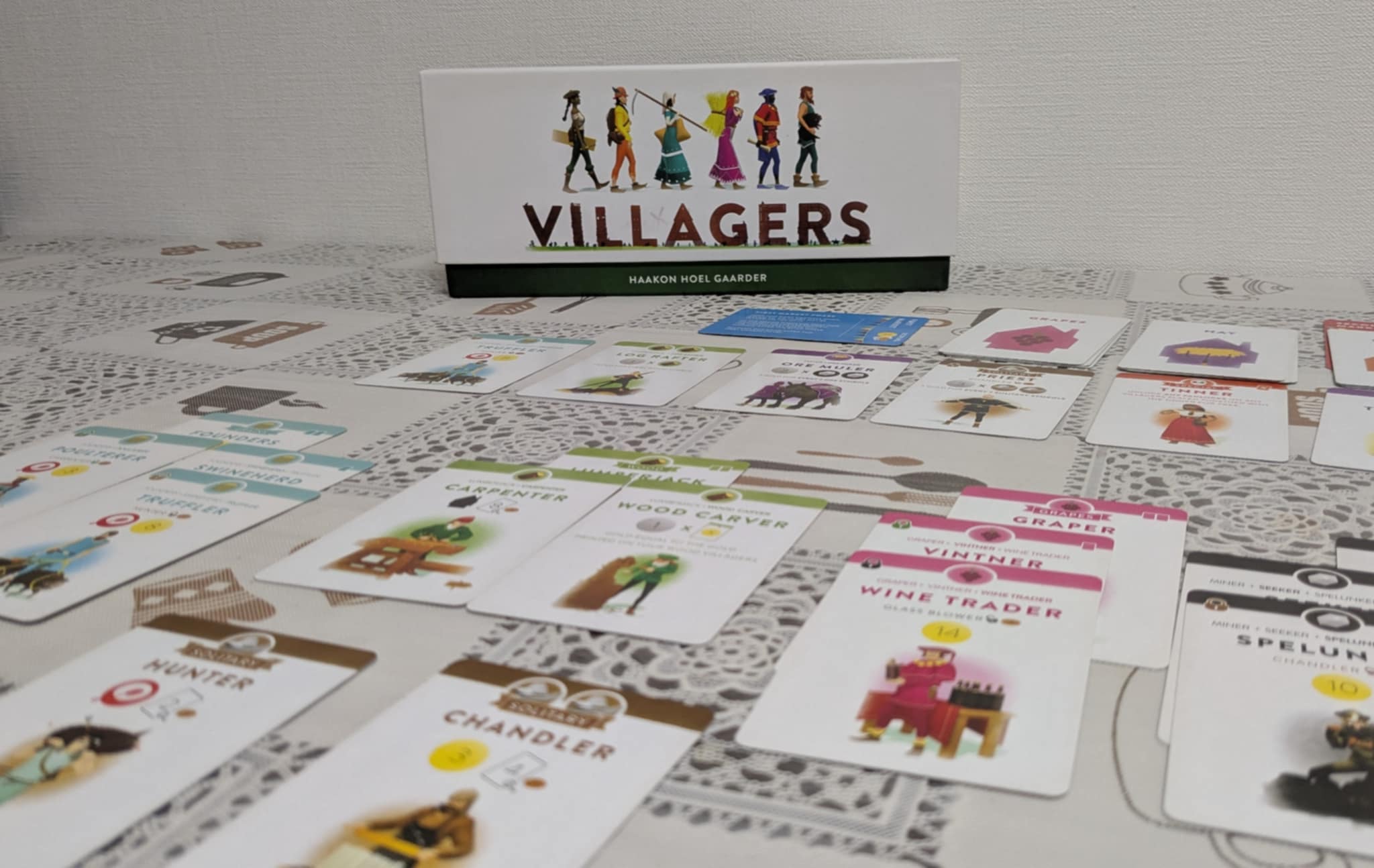
Get Villagers on Amazon!
In a hobby overflowing with tableau builders—thanks to hits like Wingspan and Terraforming Mars—Villagers quietly sits in the background, offering one of the cleanest, most refined takes on the genre. It deserves far more attention. This is one of those underrated board games that understands the strengths of tableau building and delivers them in a focused, satisfying way.
In Villagers, your goal is to build the most prosperous village by drafting and playing characters into your tableau. Each round is split into two phases: first, you draft cards from a shared row, and then you build as many as your current infrastructure allows. Sounds simple—but the beauty is in how much depth this simplicity holds.
Every card you draft has potential, but that potential depends entirely on what’s already in your village. You might build a Jeweller for a massive income boost, but it takes four prerequisite cards to get there. On the other hand, if your tableau already leans into mining, an Ore Muler could be just as valuable with far less effort. This shifting value creates a compelling puzzle each round as you shape your village’s identity.
What’s more, the sense of ownership is phenomenal. Cards stack in chains—Lumberjack supports Carpenter, who enables the Cooper, who unlocks the Brewer—and each piece feels earned. When you draft a card that perfectly fits your village, it’s rewarding both thematically and mechanically.
Unlike many tableau games, Villagers also brings player interaction into the fold. Drafting from a shared pool adds tension, but the best part? Sometimes you’ll play a card that requires another player’s specialist, and you’ll have to pay them. It’s a small moment, but it adds richness and charm.
Overall, Villagers is a beautifully designed, highly thematic tableau builder that’s often overlooked. Don’t let it stay hidden.
Oceans – A Deep, Dynamic, and Underrated Evolutionary Puzzle
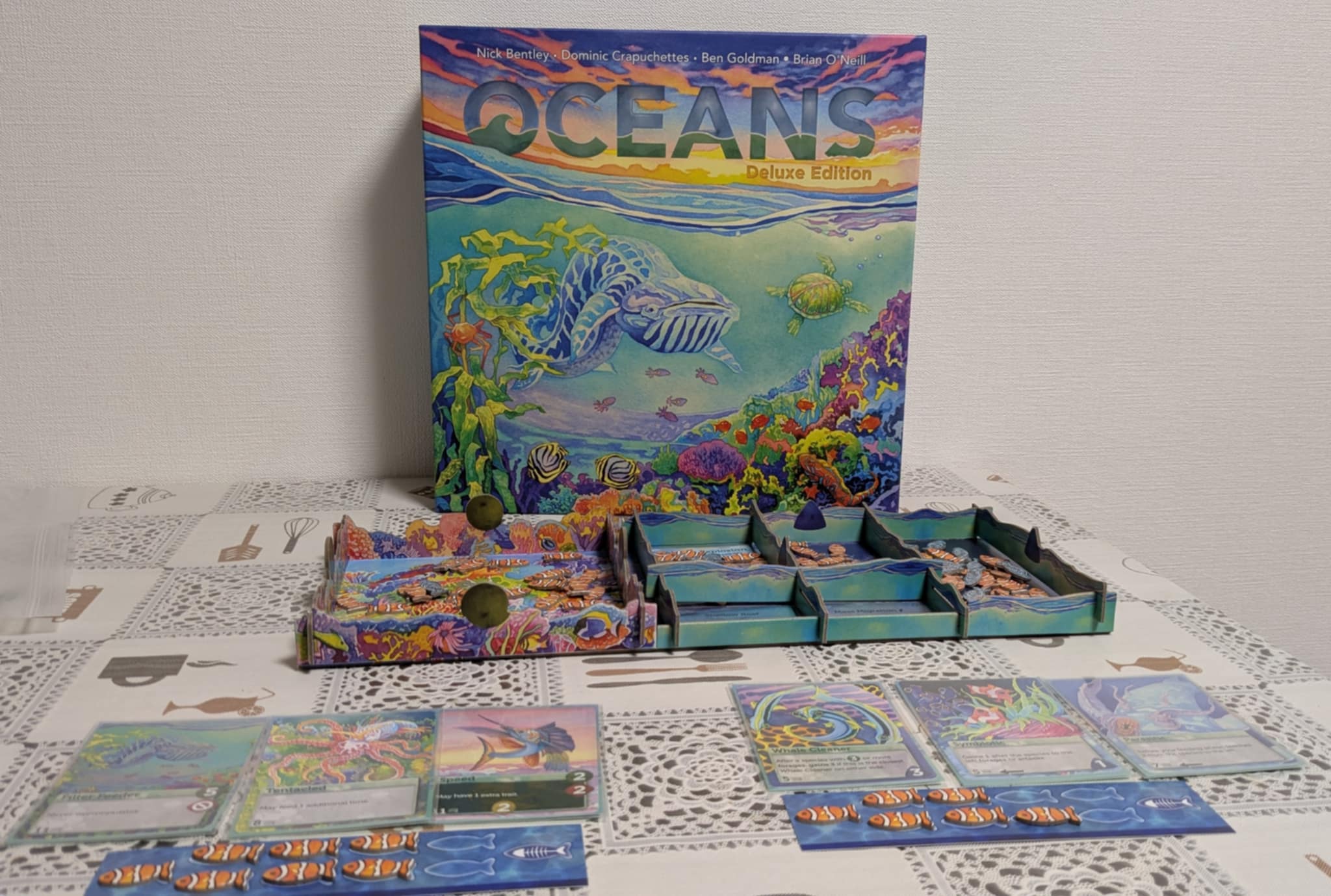
Oceans, the lesser-known sibling of Evolution and Nature, quietly swims under the radar—but it absolutely shouldn’t. As the second entry in North Star Game Studio’s nature-themed trilogy, Oceans delivers some of the most interactive and inventive gameplay in the series. For reasons unclear, it hasn’t received the same attention as its flashier siblings, but this makes it a true underrated board game and a hidden gem for engine-building fans.
In Oceans, you create and evolve fish species using traits that help them survive and thrive in a shared marine ecosystem. Right from the start, the game hooks you with its high level of interaction—since all players draw from the same ocean, positioning and timing are everything. Every species you create is essentially a small engine: some may be passive foragers in peaceful corners of the sea, while others become predatory juggernauts, bristling with attack and defense traits.
What truly sets Oceans apart is the synergy between species. A mediocre engine on its own might become brilliant when placed next to another player’s powerhouse. Suddenly, your scavenger fish is feasting on leftovers and racking up points, not through strength, but by being in the right place at the right time.
And then there are the Deep Cards—wild, unique traits that explode the game wide open. These cards are bursting with creativity, adding wild new abilities and combos that inject incredible replay value and delightful chaos into each session.
Oceans is smart, stunning, and brimming with emergent strategies. If you love engine building and interaction in equal measure, don’t overlook this beautifully balanced, criminally underappreciated gem.
The Red Cathedral – Compact, Clever, and Seriously Overlooked
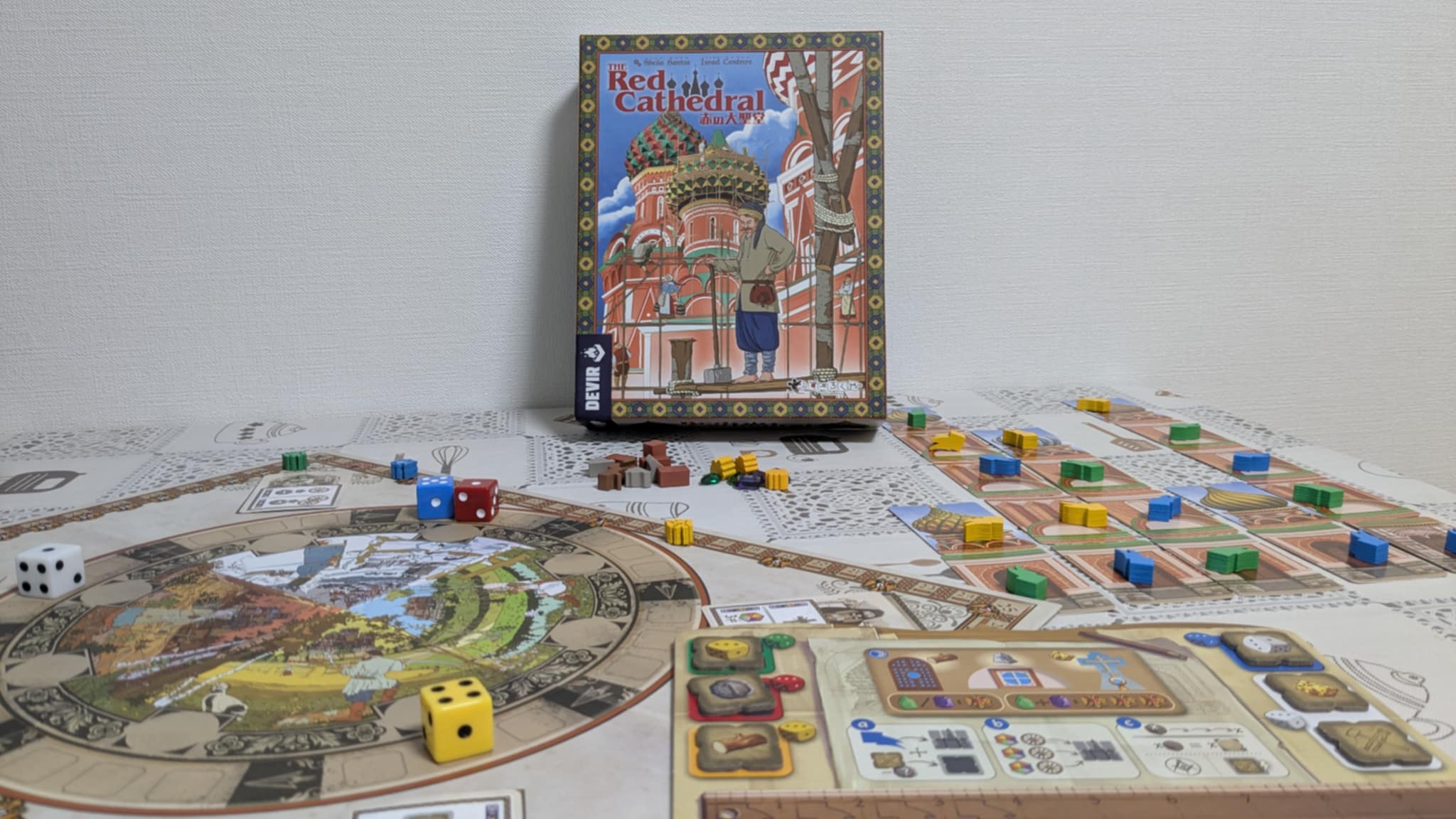
Get The Red Cathedral on Amazon!
The Red Cathedral might be one of the most elegant modern eurogames you’ve never played. It’s easy to teach, takes up little space, and yet offers a remarkable amount of strategic depth. For all its accessibility, this is an underrated board game that should be on every euro fan’s radar—especially those looking for a big experience in a small box.
In the game, players take on the role of architects competing to contribute to the construction of the iconic Red Cathedral. On your turn, you choose from just a few actions: collect resources, claim a cathedral section, or build. These options are straightforward, yet packed with meaningful decisions.
What makes The Red Cathedral shine is how quickly the focus shifts from “what can I do” to “how can I do it better.” The simplicity of its actions invites you to immediately start thinking about timing, synergy, and long-term planning. Should you rush to claim a valuable tower section before someone else does? Or upgrade your workshop first to unlock powerful resource combos? Maybe you delay building to line up a high-scoring ornament bonus later. Every choice matters.
Unlike many modern euros that take a while to get going, The Red Cathedral gives you clarity and agency from the start. The only slight complexity comes during endgame scoring—but by then, the pace has slowed, and there’s no rush.
It’s rare to find a game that’s this accessible yet continues to challenge experienced players session after session. For those looking to bridge the gap between light games and heavier strategy titles, or for seasoned gamers who just want something fast and tight, The Red Cathedral is a masterclass in design—and a gem that deserves much more love.
Want to know more? Read our The Red Cathedral Review here!
Caylus 1303 – A Streamlined Classic That Deserves a Second Look
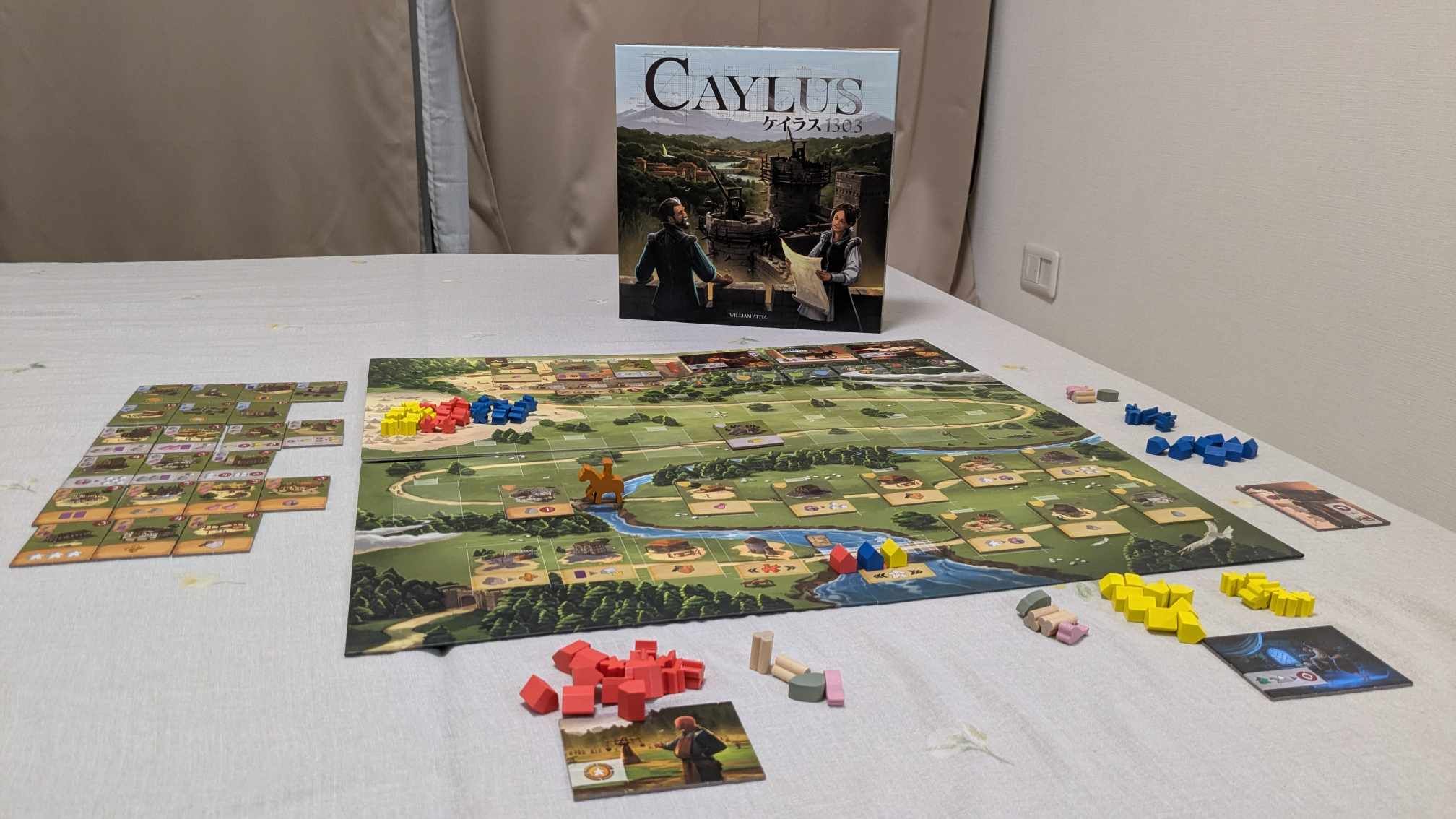
Caylus is a legendary name in Eurogame history—one of the first titles to define the worker placement genre. But its modern remake, Caylus 1303, hasn’t received nearly the same recognition, which is a shame, because it’s a brilliantly refined and accessible version of the original. For fans of strategic planning and interactive decision-making, this is one of the most underrated board games currently on the market.
At its core, Caylus 1303 maintains the same structure as its predecessor. Each round is split into two phases: first, players take turns placing workers on buildings along a winding road. Then, in the activation phase, those buildings resolve in order—but only up to a point. That’s where the game’s most brilliant feature comes in: the Provost.
The Provost is a shared piece that can be moved forward or backward along the road. Only buildings behind the Provost are activated; anything beyond it is ignored. This simple mechanism introduces tension, strategy, and table talk. Suddenly, placing a worker isn’t just about what you want, but also about where the Provost might end up—and how much you trust (or don’t trust) your opponents.
On top of this, the game offers a beautifully organic sense of progression. Early on, players rely on basic resource buildings. But over time, new buildings replace the old, ramping up production and introducing powerful effects. It feels dynamic, alive, and tightly paced.
Caylus 1303 also trims the fat of the original—removing fiddly currency mechanics, tightening the playtime, and introducing asymmetrical player powers that add just enough spice without breaking balance.
It’s modern, smart, and underappreciated—a sleek remake that deserves a place at every serious gamer’s table.
Want to know more? Read our Caylus 1303 Review here!
Nusfjord – A Quietly Brilliant Euro with Clarity, Charm, and Character
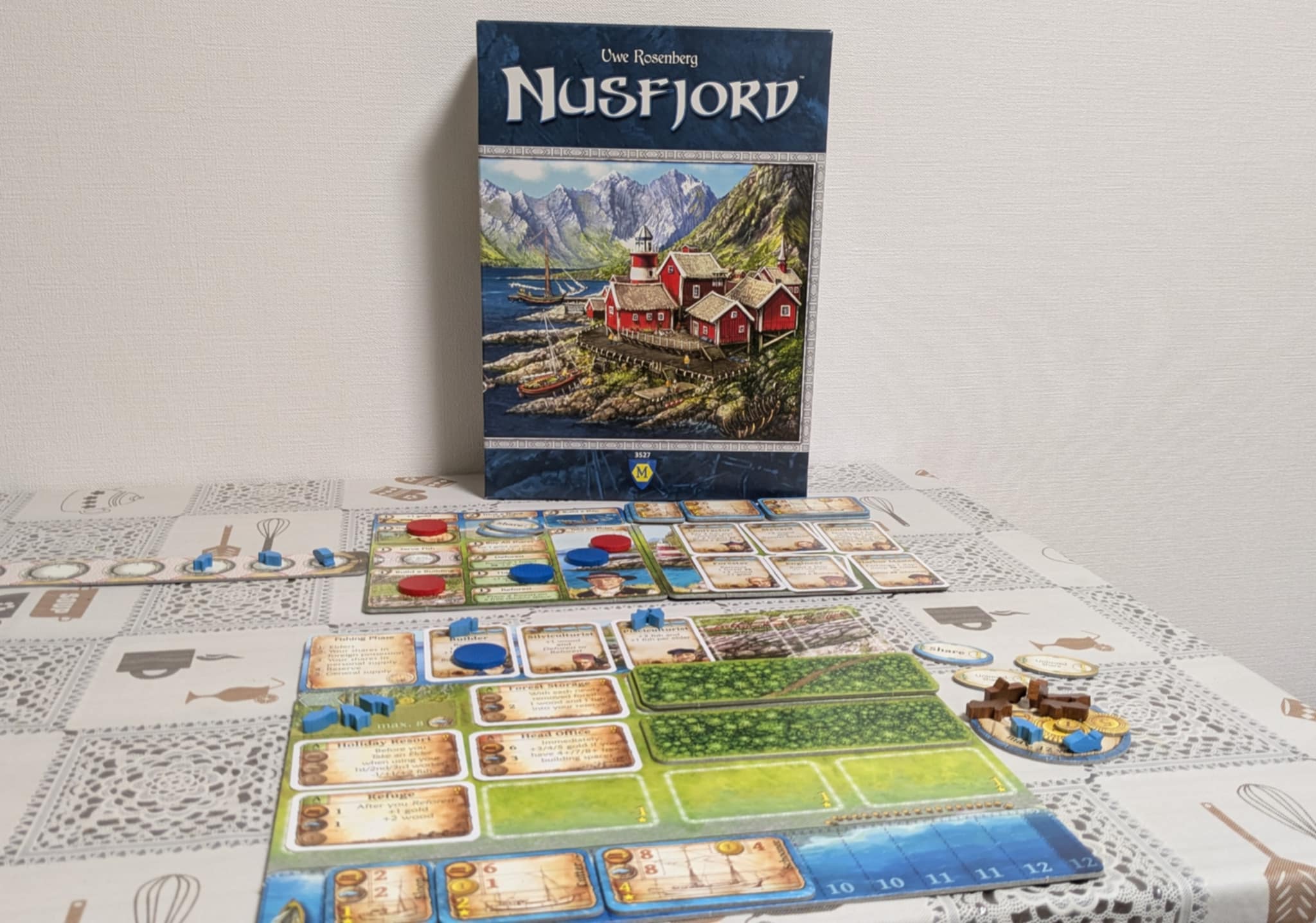
Nusfjord may sit quietly in the shadow of Uwe Rosenberg’s greatest hits—Agricola, Caverna, A Feast for Odin, Patchwork, and even Bohnanza—but don’t let that fool you. This is one of the most thoughtful and refined underrated board games in his catalog, and it deserves far more recognition than it gets.
At first glance, Nusfjord might look like a standard worker placement game. You’re managing a fishing company in a peaceful Norwegian fjord, placing workers, gathering resources, and expanding your personal tableau. It feels familiar. Maybe even “solid but unspectacular.” But that’s only the surface. Its strengths are clever, subtle, and deeply satisfying—once you notice them.
What truly sets Nusfjord apart is its clarity. So many eurogames bury players in icons and opaque boards, but here, everything is remarkably readable. Your player board has two distinct areas for fish supply—“good” and “bad”—represented with wooden tokens that sit right in front of you. At any point, you can glance around the table and immediately understand what your opponents are doing. This level of board state transparency makes the game feel far more interactive than most resource management titles.
It also addresses another common euro shortcoming: lack of theme. In Nusfjord, the narrative emerges organically. You sell fish to the town, earning respect. Or you consult wise elders for guidance. And you can grow your fleet and build up your harbor. The result is not just a game engine—but a cozy, personal story told through your tableau.
Nusfjord doesn’t shout for your attention—it quietly earns it. It may not have the epic sprawl of A Feast for Odin, but it offers a tight, elegant experience filled with charm and purpose. A genuine hidden gem in Uwe’s collection.
Conclusion
Board games don’t always need flashy components or massive hype to be great. Many of the most rewarding experiences come from games that quietly excel in design, interaction, and theme. These underrated board games might not dominate the conversation, but they offer something genuinely special once you bring them to the table. Each title on this list showcases thoughtful mechanics and moments of discovery that stick with you long after the game ends. So if you’re looking to refresh your shelf with games that deserve more love, consider giving these hidden gems a chance—they just might become your new favorites.
Ready to Build Your Game Shelf?
Here are all the games mentioned in this post:

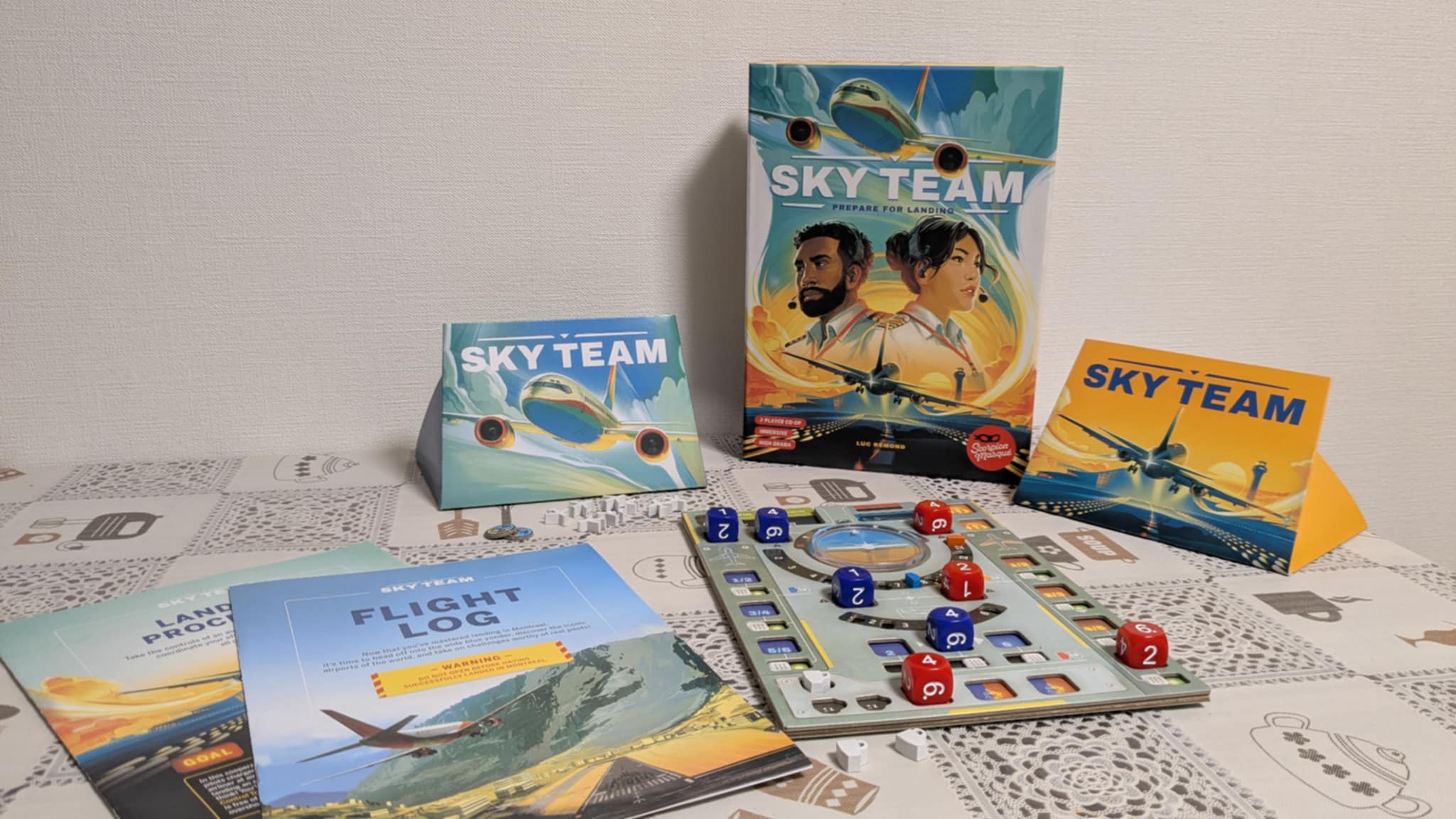
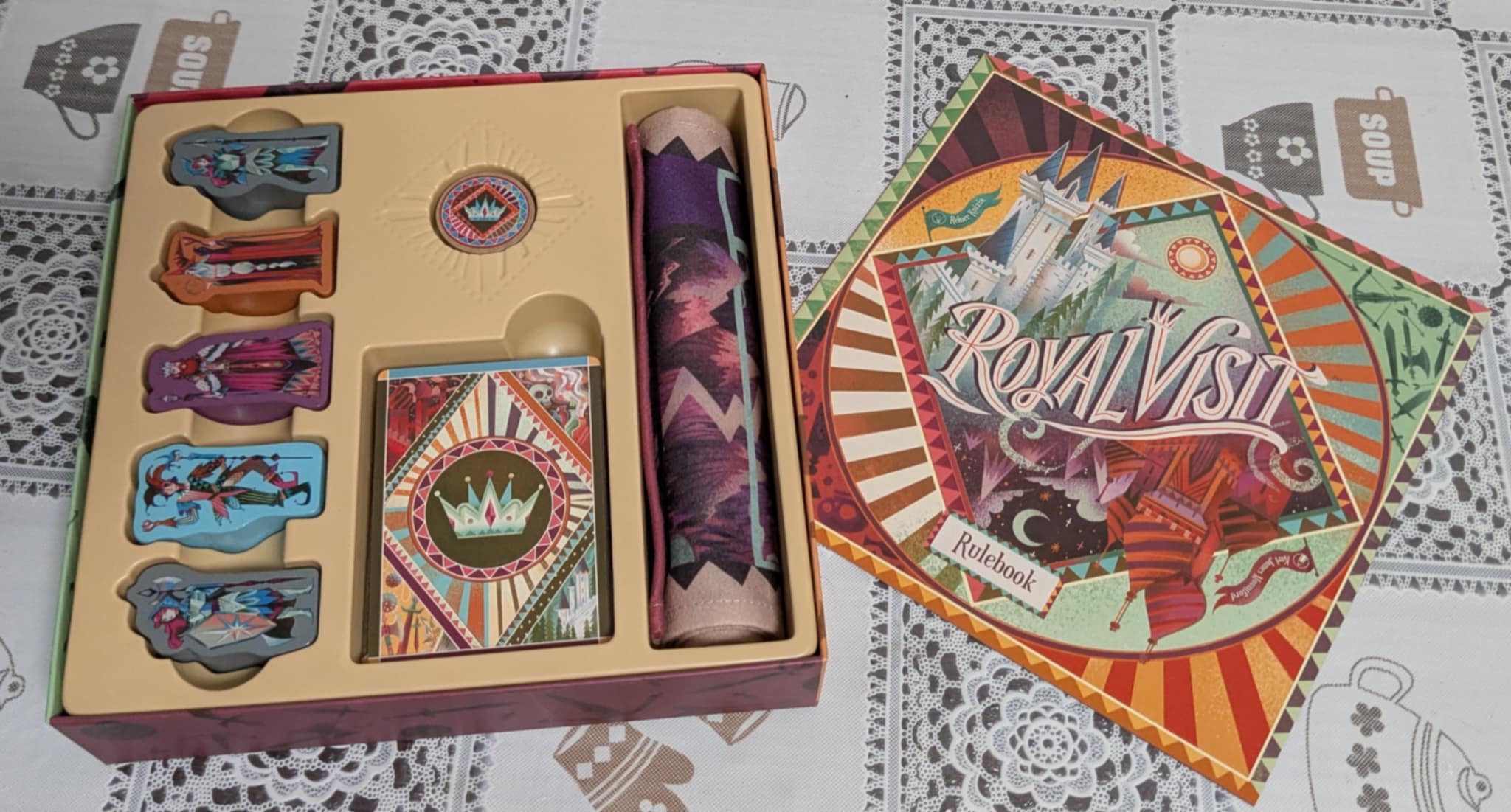
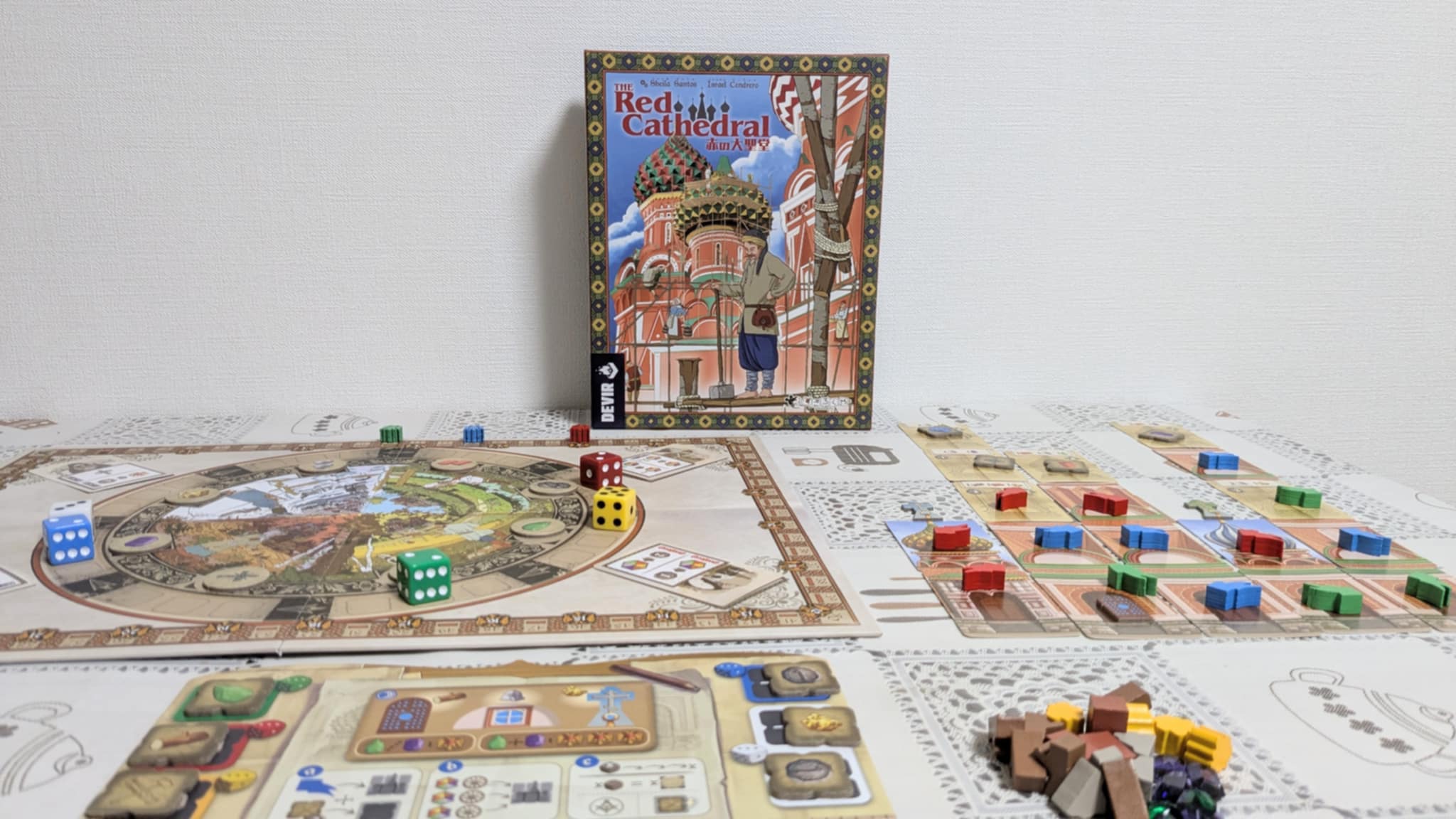
Leave a Reply